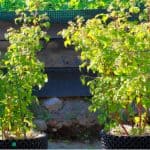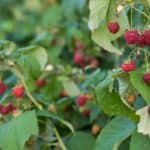Last updated on March 27th, 2022
Our site is reader supported, this means we may earn a small commission from Amazon and other affiliates when you buy through links on our site.
When you take the time to prune your raspberries, you will help to encourage better fruit production. Remember that every plant has a limited amount of energy and it will put that energy into whatever comes next and its development. If there are older parts of the plants that aren’t producing fruit, that won’t stop your plant from still allocating energy to the development of that area. By getting rid of older parts, diseased parts, and otherwise cutting back, you can encourage energy directly where it is needed most: new growth, new flowers, and delicious berries.
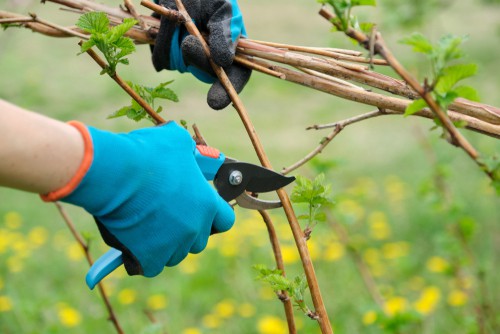
Pruning requires sharp gardening secateurs that have been sanitised and a pair of good gardening gloves. Some raspberry bushes such as ‘Autumn Bliss’ have thorns and if you don’t wear proper gloves you could cut yourself.
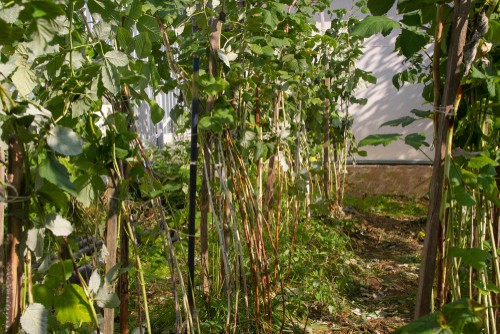
How to prune raspberries
Pruning autumn fruiting raspberries
When to prune is contingent upon the type of raspberries you are growing and this is where most people go wrong because you can unintentionally prune out the stem that was going to produce the fruit.
If you are growing the raspberries that produce fruit in the autumn such as ‘Autumn Bliss’ which is a popular choice, you want to prune it at the end of winter, around February. The reason for this is that autumn fruiting raspberries produce flowers and subsequently, fruit, on new growth.
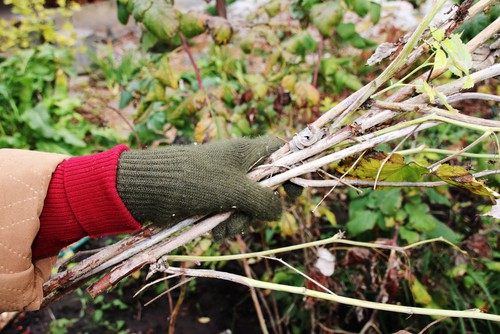
Pruning summer fruiting raspberries
If you have summer fruiting raspberries when autumn approaches you want to cut back your canes to ground level, but only if they produced fruit that summer or they are diseased or dead. You might benefit from physically marking the canes that produce fruit so that you can tell which are the older ones and which are the newer ones.
The newer one should be lush and green and need to be left because they will produce the fruit the following year. Your goal here is to leave around eight of the strongest new canes and get rid of all the rest. They should be spaced about 10cm apart on the support structure so that they get as much light and air as possible. The reason for this is that summer fruiting raspberries produce fruit on growth from the previous season.
Make sure you know what type of fruit you are growing so that you can time your pruning appropriately and more importantly prune the right stems. Doing so will help you to make room for new growth and subsequently a wonderful yield of fresh raspberries the following year.
Image credits – Shutterstock.com

